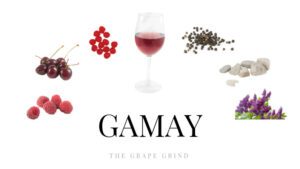
Gamay
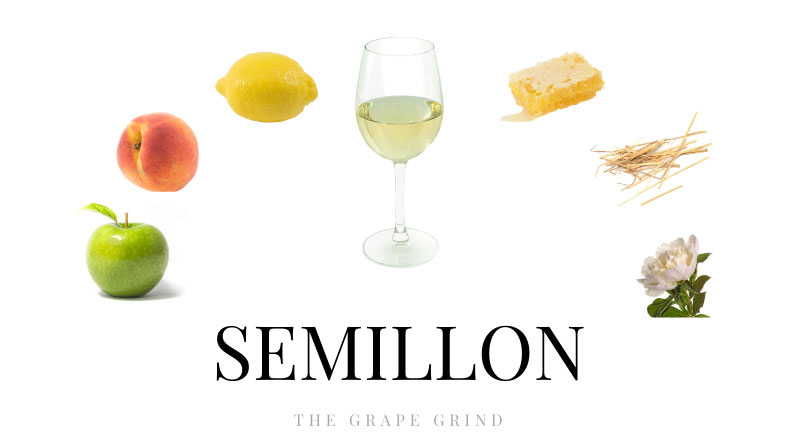
Semillon is a thin skinned, early ripening variety used primarily as a blending grape in many regions. Youthful or single-variety wines can be lighter (bodied) and very bright with some herbal and citrus notes. However, if given five to ten years, these wines can show a lot more stone fruit and honeyed qualities. Semillon wines can also be very rich and full-bodied, especially when found in the sweet wine areas of Bordeaux (the most familiar being Sauternes), where it is blended with Sauvignon Blanc and Muscadelle.
A few more notes on Semillon:
The following guide will illustrate what Semillon tastes like (aroma, flavor, and structure). It will also tell you where it’s from, provide you with common food recommendations, similar varieties, and let you know why you should be drinking more of it!
Semillon is known to have a waxy or oily texture/mouthfeel.
Semillon is usually moderate in alcohol content, but with a richer mouthfeel than many other white varieties. This is especially true with oak influence, age, or in sweeter botrytized wines.
Semillon showcases a lot of the same green and herbal qualities that Sauvignon Blanc does, perhaps to a lesser degree, but they are comparable!
STANDARD TASTING NOTES: These are your benchmark exam-style tasting notes.
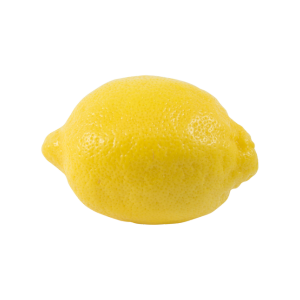
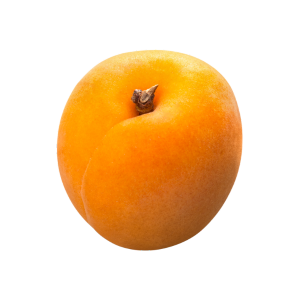
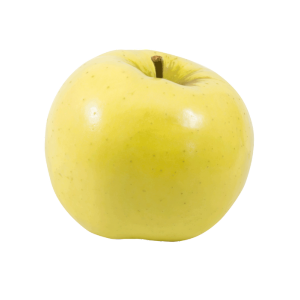
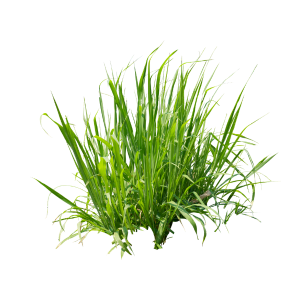
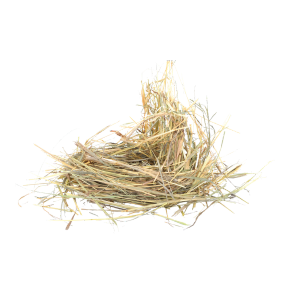
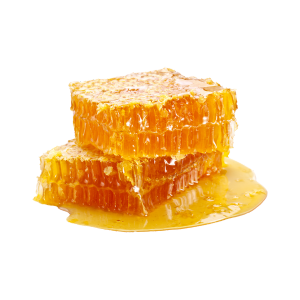
Remember, wine tastes are somewhat relative. There may be some different tasting notes you consistently find while drinking Semillon.
There is no “one size fits all” when it comes to structure for every grape, however, there IS a general range when it comes to body, acid, alcohol, and tannin for each. Below are general guidelines for classic representations. Growing conditions and winemaking techniques can impact each of the following.
Think of that weight as a liquid scale, from water (light body) to heavy cream (full body) in your mouth. Semillon can be light or full-bodied, but typically falls in the middle.

You can judge acidity based on whether your mouth waters after you take a sip of something. The more you salivate, the higher the acid. Compared with it’s rich body, the acid level in Semillon is lower than most whites.

You can feel alcohol ‘burn’ the back of your throat when you take a sip. Semillon can have medium to high alcohol, but it’s typically moderate.

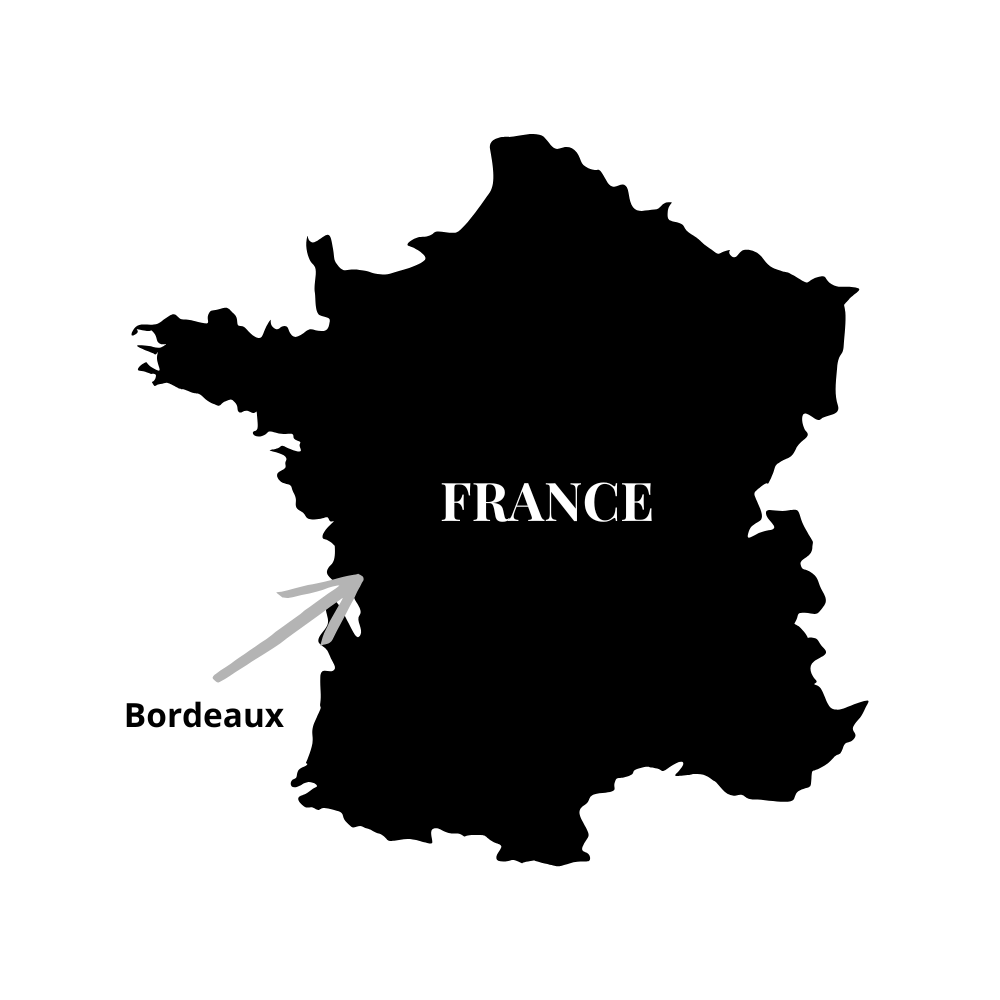
Primarily in Bordeaux
Semillon is thin-skinned, fairly neutral in flavor, and very susceptible to Botrytis (Noble Rot) which makes it a major contributor to the sweet wine regions of Bordeaux.
Within the Graves region, along the Garonne River lies Sauternes, where the most age-worthy Semillon blends are found. There is a lot of fog in this area which creates a perfect environment for Noble Rot. These late harvest dessert wines are known for their rich dried fruit and honeyed character. Sauvignon Blanc is usually added as a blending variety for aromatics and acidity! (Muscadelle can also be added for some floral elements).
Other regions known for sweeter wines, but shorter aging periods include Barsac, Cérons, Sainte-Croix-du-Mont, Cadillac, and Loupiac.
When made as a dry wine (such as in Pessac-Leognan), Sauvignon Blanc is typically the dominant variety and Semillon is a smaller percentage of the blend.

Primarily in Hunter Valley
Semillon from Australia flies a little more under the radar as its conditions are not prime for Botrytis (Noble Rot). In Hunter Valley, it is typically picked early (when the acid is higher) and made into a lighter style of wine. As these wines age in the bottle, they take on more rich stone fruit and honeyed qualities. Because of the higher acidity, these wines can be incredibly age-worthy as well!
In the areas of Barossa and Margaret River, Semillon wines can be fuller and richer due to oak aging!
You can also find wonderful Semillon from South Africa, the USA, Chile, Argentina, New Zealand, and Canada.
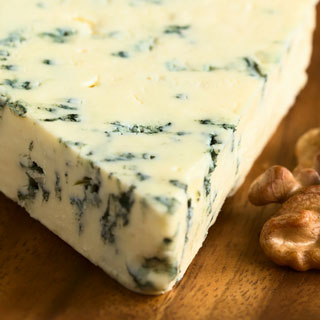
The sweeter botrytized styles of Semillon (such as Sauternes) can offset the bitter/savory quality of the cheese! The botrytis notes of the wine also marry the somewhat ‘moldy’ notes found in bleu cheese!
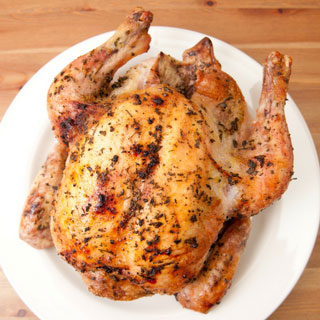
This is a great pairing for the fuller and riper (sometimes oak-aged) styles of Semillon often found in Barossa or South Africa. Both the food and wine complement each other with rich, buttery, herbal flavors.
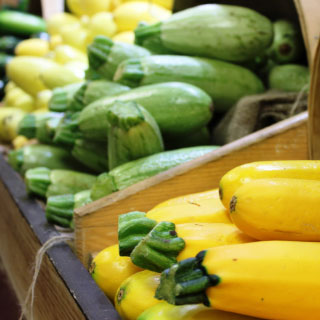
Not all white wines pair well with vegetables, but many styles of Semillon pair fantastically with roasted squash dishes, especially fuller styles with some oak. There is a warm richness to these wines which complements the dish. The vegetable/herbal quality of the wine can also allow this dish’s flavors to shine!
Other Pairings: foie gras, shellfish, white fish, salmon, ham, peas, asparagus, risotto
(common confusions)
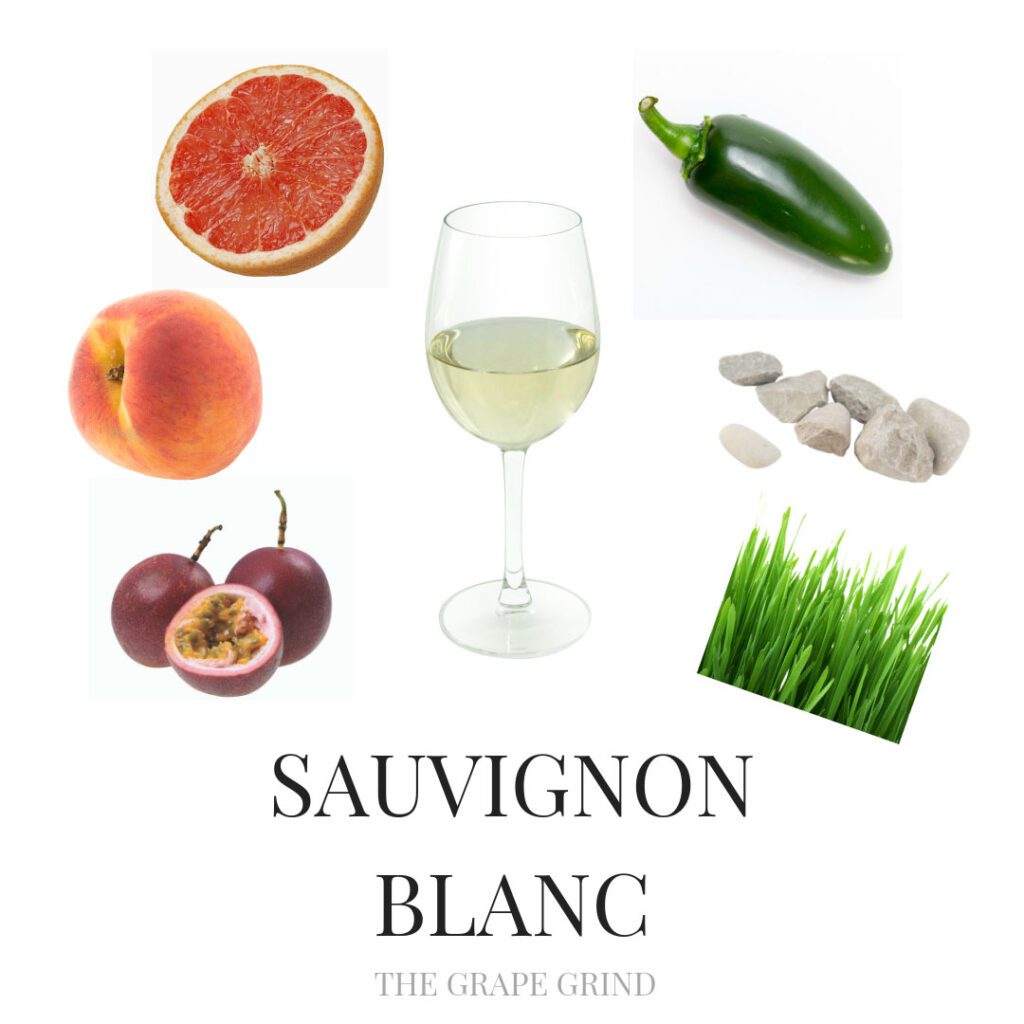
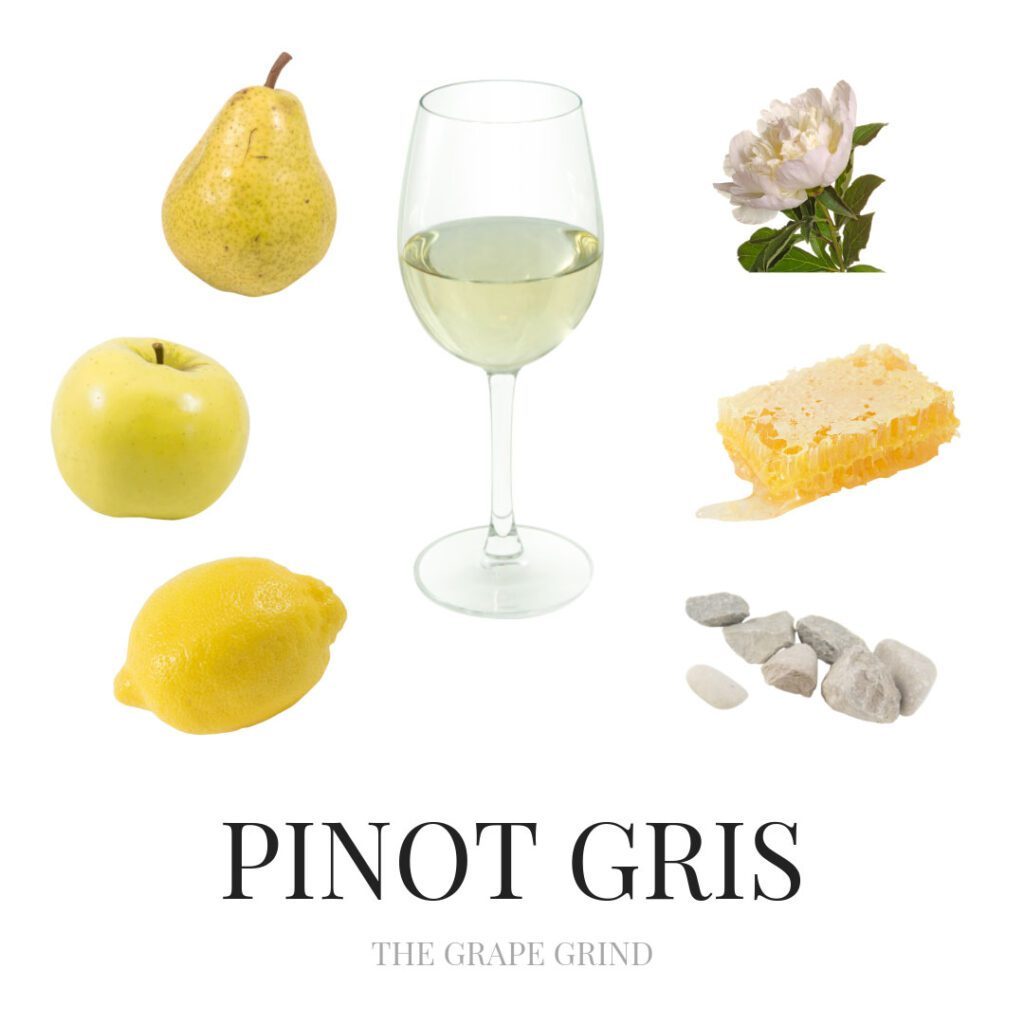
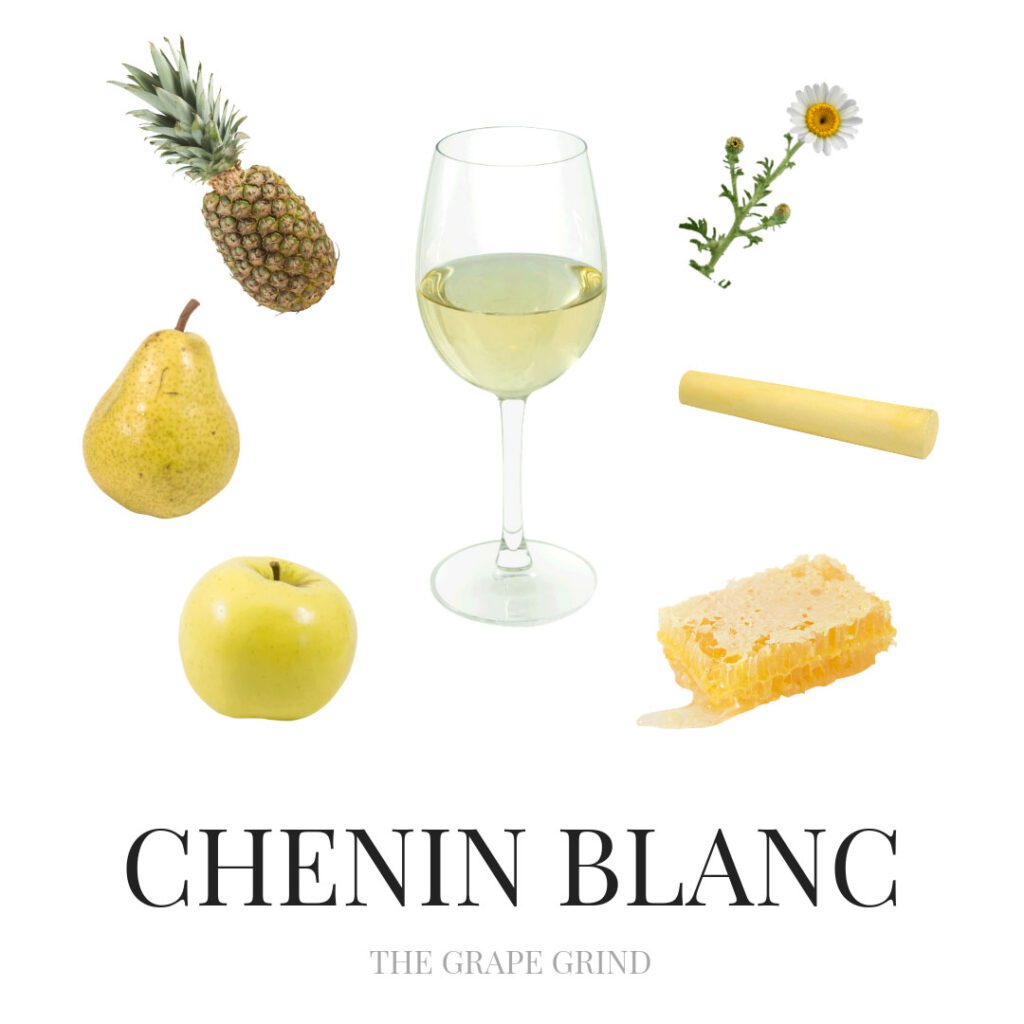
↑ Wine.com is an affiliate partner. We earn a small referral commission at no extra cost to you!. I will never recommend anything that isn’t valuable or useful in my wine study journey, or something I have no experience with. I hope these products/resources are equally helpful in your wine journey.
No matter your current skill level, we can help you improve – pass that exam, share your wine knowledge with others, guide your buyers, enhance your guests’ experience, and show up with confidence and credibility as a wine professional!
Feeling overwhelmed by everything there is to study in wine?
Struggling to stay consistent with tasting, or make it feel purposeful?
Craving connection with others who get what you’re working toward?
Let’s make studying wine less overwhelming, more consistent, and fully enjoyable!
Enter your email below to join our wine newsletter, where we share expert tips, study tools, tasting insights, and updates to support you on your wine journey!
By submitting, you are consenting to receive marketing emails from The Grape Grind. You can unsubscribe at any time.
Want to get better at tasting wine?